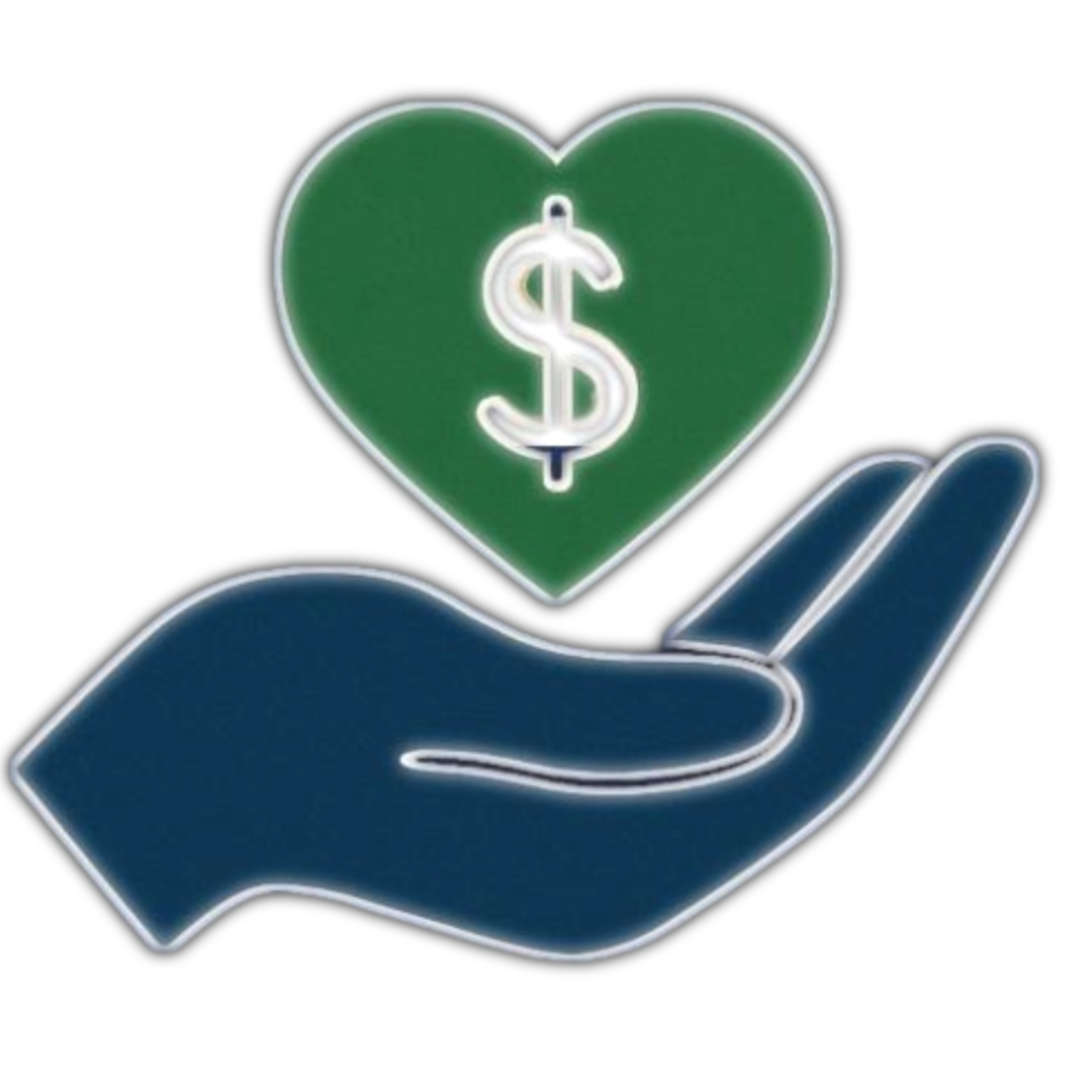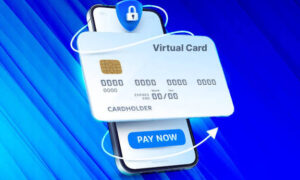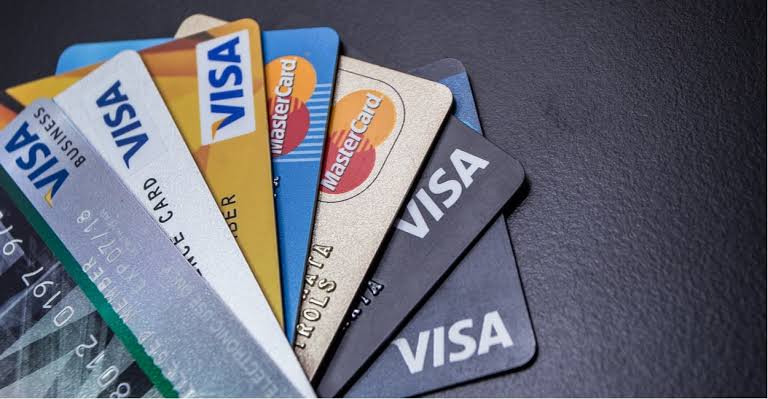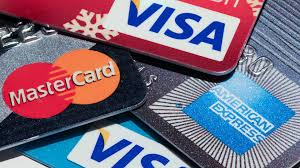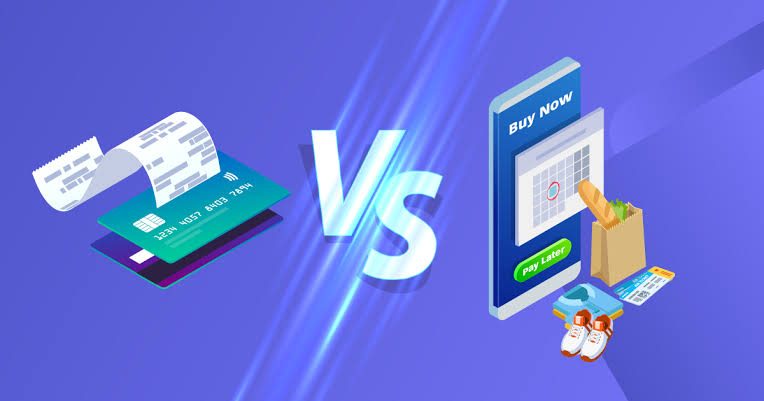
I’m writing this because, like many of you, I’ve stood at checkout pages wondering which payment option keeps my finances safe. With shopping easier than ever, options like buy now, pay later (BNPL) and credit cards are everywhere. But with rising costs, U.S. credit card debt reached $1.21 trillion in 2025, and BNPL usage is projected to hit $680 billion globally. Safety matters—both for your wallet and your peace of mind.
Here, safety means protection from fraud, debt traps, and financial stress. Let’s compare BNPL and credit cards to see which one offers more security.
What Is Buy Now, Pay Later?
BNPL lets you split purchases into smaller payments, often interest-free if you pay on time. Services like Affirm and Afterpay partner with retailers to offer this option. For small purchases, it’s usually four payments over six weeks. For bigger items, terms can stretch months.
BNPL is growing fast. A Consumer Financial Protection Bureau (CFPB) report found that 21% of U.S. consumers with credit records had used BNPL from major providers. By 2025, BNPL is expected to make up 9% of U.S. e-commerce, or nearly $180 billion.
The appeal is clear: no credit checks for short-term loans, quick approval, and easier cash-flow management. But there are risks. Late fees can run up to $34 per payment, and multiple BNPL loans stack up quickly. A Federal Reserve study showed that BNPL users often carry higher credit card debt as well. And since 2025, FICO scores now include BNPL data, so missed payments can hurt your credit.
Fraud is another concern. BNPL fraud grew by 22% in 2025, with scammers exploiting weak sign-ups. Unlike credit cards, dispute protections are limited, so if something goes wrong, you may be stuck.
What Are Credit Cards?
Credit cards give you a revolving line of credit from a bank. Pay the balance in full each month and you avoid interest. Carry a balance, and the average APR is around 20% (Bankrate).
There are now more than 500 million credit cards in use in the U.S., and average household debt is about $10,668. Delinquencies have risen 3% quarter-over-quarter in 2025.
Still, credit cards offer benefits. They build credit with responsible use and provide strong protections under the Fair Credit Billing Act, which limits fraud liability to $50, often zero if reported quickly.
The risks? Overspending, easy access to debt, and high interest. Security breaches also happen, but banks usually have fraud alerts and monitoring. Experts at Fidelity suggest setting account alerts and using strong online passwords.
Key Safety Aspects Compared
Debt Accumulation
BNPL encourages impulse buys since payments look small—“4 payments of $25” feels easier than $100 upfront. The CFPB found frequent BNPL users also carry higher credit balances. Credit cards also fuel debt: total balances hit $1.21 trillion in Q2 2025. However, unlike BNPL, paying your card in full avoids interest.
Fees and Interest
BNPL is often interest-free for short plans but charges late fees and high rates (sometimes 30%+) for longer loans. Credit cards charge interest on unpaid balances but offer grace periods if you pay monthly.
Impact on Credit Score
BNPL missed payments now appear in FICO scores, while credit cards build credit with consistent, on-time payments. High card utilization (over 30%) hurts your score, though.
Fraud and Security
BNPL fraud is climbing, with projected online losses of $206 billion between 2021–2025. Consumer Reports found PayPal’s BNPL among the safer providers. Still, protections are weaker than with credit cards, which usually include zero-liability policies.
Consumer Protections
The CFPB warns that BNPL lacks consistent dispute rights. Credit cards, by contrast, are backed by federal refund and error-resolution laws.
Comparison Table
| Aspect | Buy Now, Pay Later | Credit Cards |
|---|---|---|
| Interest | 0% for short plans; up to 30% for long | Average 20% on balances |
| Fees | Late fees ($5–$34); no annual fees | Late fees, annual fees possible |
| Credit Impact | Included in FICO; late payments hurt score | Builds credit; high utilization harms |
| Fraud Protection | Varies by provider; rising fraud risks | Strong zero-liability, monitoring |
| Debt Risk | Easy to stack multiple loans | Revolving debt, interest compounds |
| Protections | Limited dispute support | Federal laws cover billing errors |
Statistics and Insights
- Credit card balances grew 5.87% year-over-year to $1.21 trillion in 2025.
- 13% of BNPL users were late on payments in 2024, triggering fees.
- A Kansas City Fed study found BNPL increases risks for other loans.
- Gen Z shows higher impulsive BNPL use despite decent financial literacy.
Imagine a chart: On the left, 35% of BNPL users max out over 75% of their credit limits. On the right, the average U.S. credit cardholder owes $7,321. Together, these numbers reveal how BNPL and cards create different debt traps.
Tips for Safer Use
- With BNPL, stick to essentials and track payments.
- With credit cards, always pay in full monthly.
- Check your credit report yearly.
- Use secure checkout sites (look for HTTPS).
- Report fraud quickly to limit damage.
Some cards now offer BNPL-like installment features. For example, Barclaycard lets you spread payments like BNPL but with card-level protections.
Conclusion: Which Is Safer?
Overall, credit cards are safer for most people. They offer stronger fraud protections, dispute rights, and credit-building potential. But BNPL works well for short, interest-free purchases if you’re disciplined.
The best choice depends on your spending habits. If overspending tempts you, debit or cash may be better. Always read the terms and check providers like Affirm before you commit.
